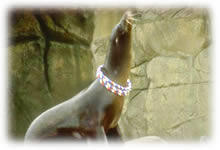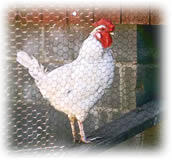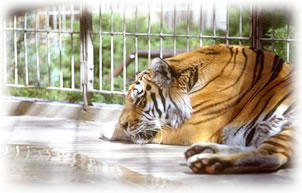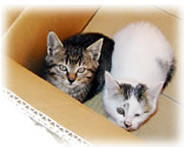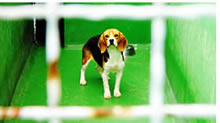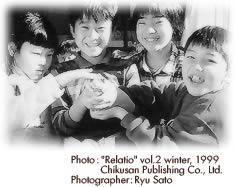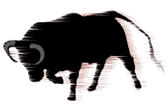Wild animals in captivity have always been an issue worldwide. Japan is no exception, as people are becoming increasingly aware of the sad plight of animals in facilities that are less than adequate.
There are many zoos in Japan both public and private that range from a mere collection of haphazard, poorly cared for animals to large well managed institutions. Currently "Zoorasia" in Kanagawa Prefecture, or rather Yokohama City, is considered to be at the top of the list of well-managed, well-designed institutions, a lot of effort having gone into facility design to include much greenery and open spaces.
Though the concepts of landscaping and immersion are, to a certain extent, alive in a facility such as Zoorasia there are also many appalling conditions seen on the lower end of the scale. There are numerous facilities throughout Japan where animals, both wild and domestic, are kept in cramped, unsanitary conditions with no consideration given whatsoever to their natural behavior patterns. In many instances the caretakers employed in such facilities lack expertise in most areas of husbandry concerning the animals placed under their management. Basic issues such as nutrition and stress management are often ignored resulting in unhealthy, unhappy, pathetic looking animals. The problem is further aggravated by unplanned reproduction, resulting in unwanted offspring, which are then oftentimes sold to less than ideal facilities.
There are several issues here that need to be addressed in order to improve the situation.
The most obvious is that of legal implications. Though Japan has an animal welfare law, there are yet no "useful" standards within the legal framework concerning farm animals, lab animals, zoos and circuses etc., the result being the lack of decisive authorization or power for local governments to step into ungainly situations. Looking also into the past history of the judiciary system there have been very few cases where animal welfare groups have succeeded in suing individual institutions for animal abuse under the current animal welfare law. These facts put together point to the relative helplessness of any concerned party to use the legal system in order to resolve the situation.
The second point that must be considered is the role that the Japanese Association of Zoological Parks & Aquariums is or, rather, is not playing. This organization is a federation of all major zoos and aquariums in Japan both public and private. Though it would seem logical for such a federation to take on a "self-policing" role, the actual position of the Society vis-_-vis its membership remains somewhat obscure. Though animal welfare groups and the media have approached this organization repeatedly to obtain their stance on facilities that are overburdened with problems in the care and management of animals in their keep, the Society has never given any clear cut answers to the doubtful situations presented to them. The group definitely does have a role to play whether they like it or not and the future of their members seem to lie in their willingness to take on a leadership role in creating an environment inducive to change and improvement.
One final issue concerns the government body under whose jurisdiction the zoos lie. Museums and zoos (given museum status) are placed under the Ministry of Education & Science. In other words zoos are "scientific, educational" institutions by definition. Obviously many facilities are less than educational both scientifically and morally. What the Ministry thinks of the current situation is yet another piece of the problem solving puzzle.
If all three of the aforementioned areas of concern are addressed and dealt with actively by all those involved therein the welfare of many zoo animals would improve dramatically. The answer is there ... but when will it be delivered?



